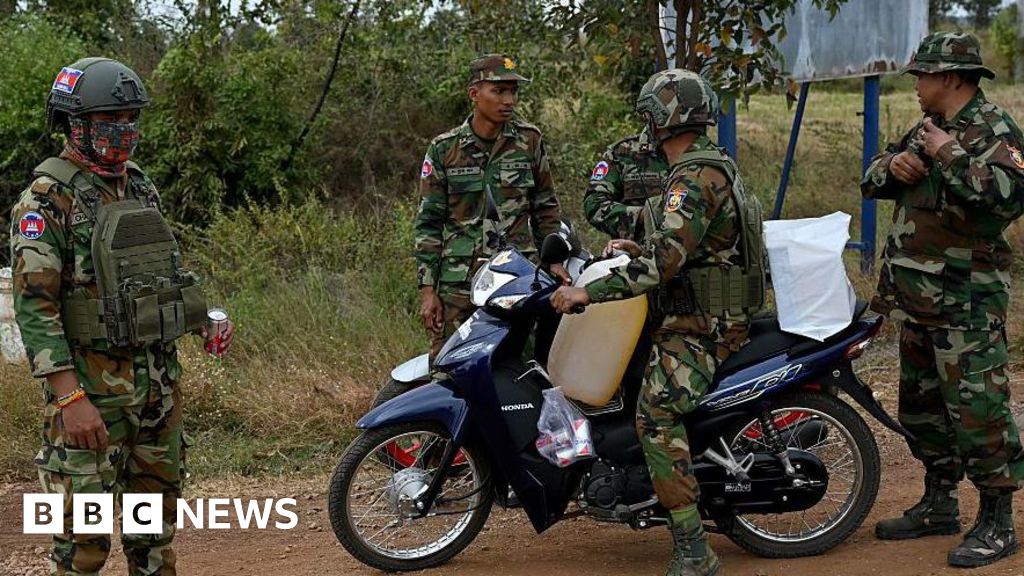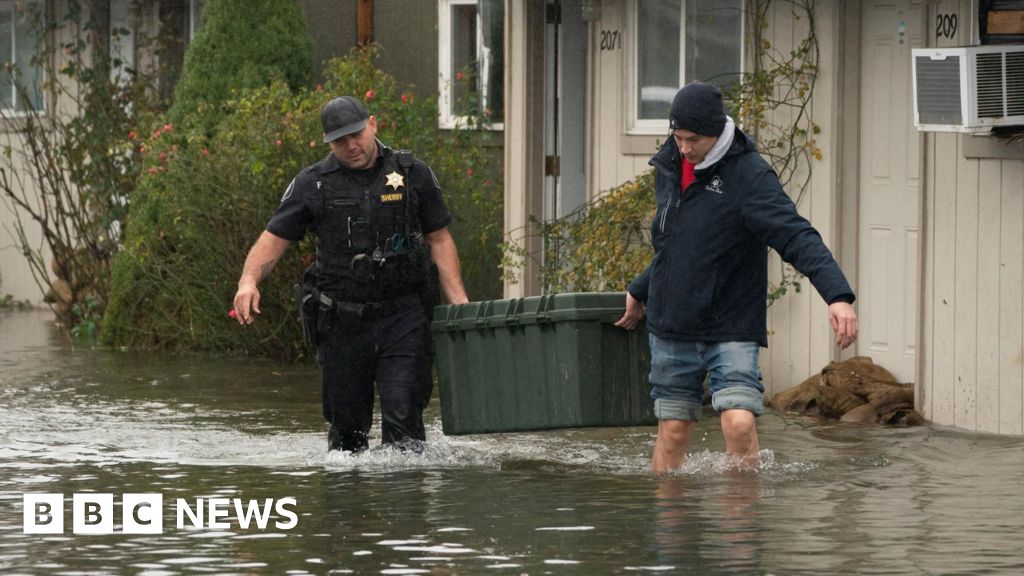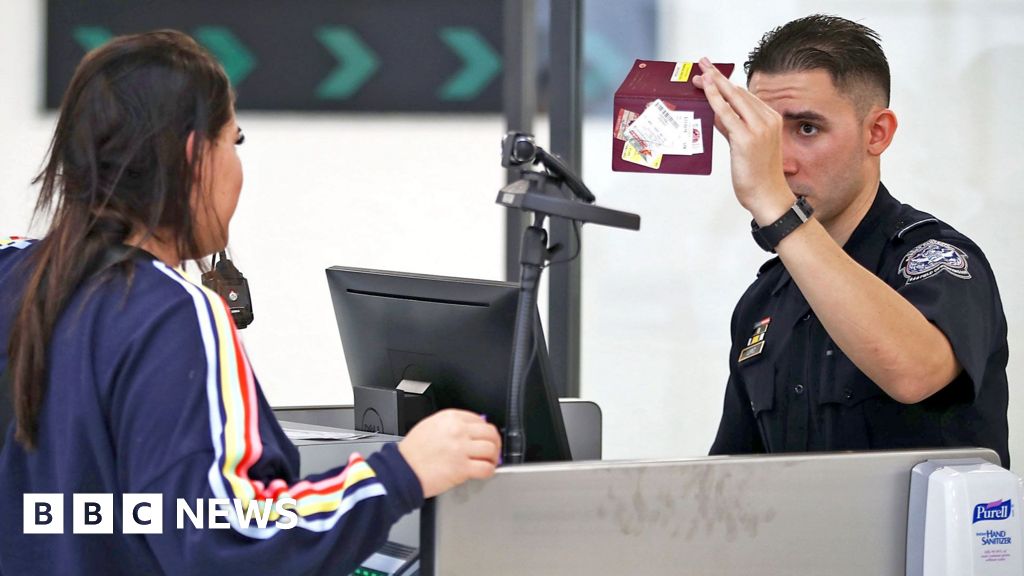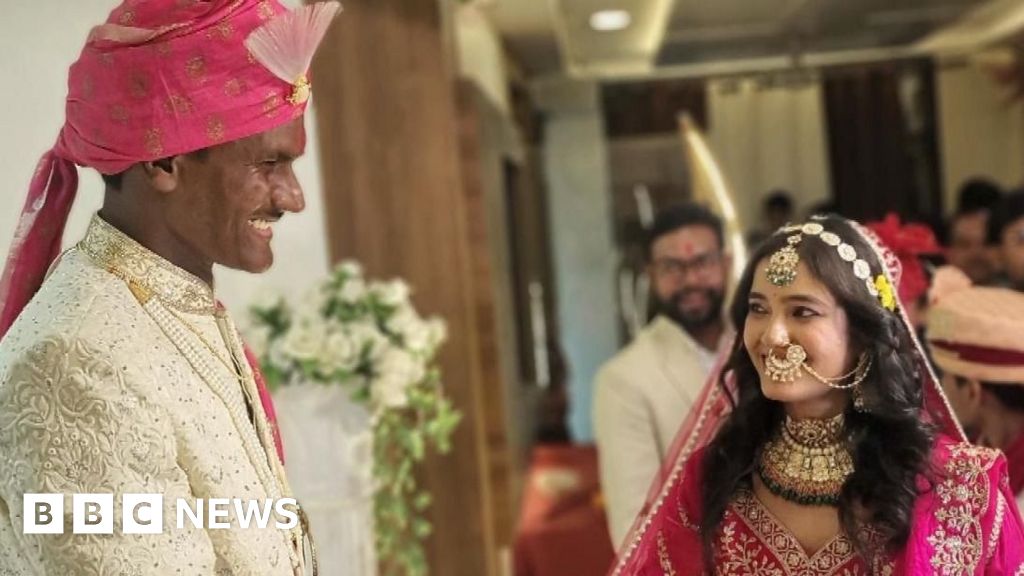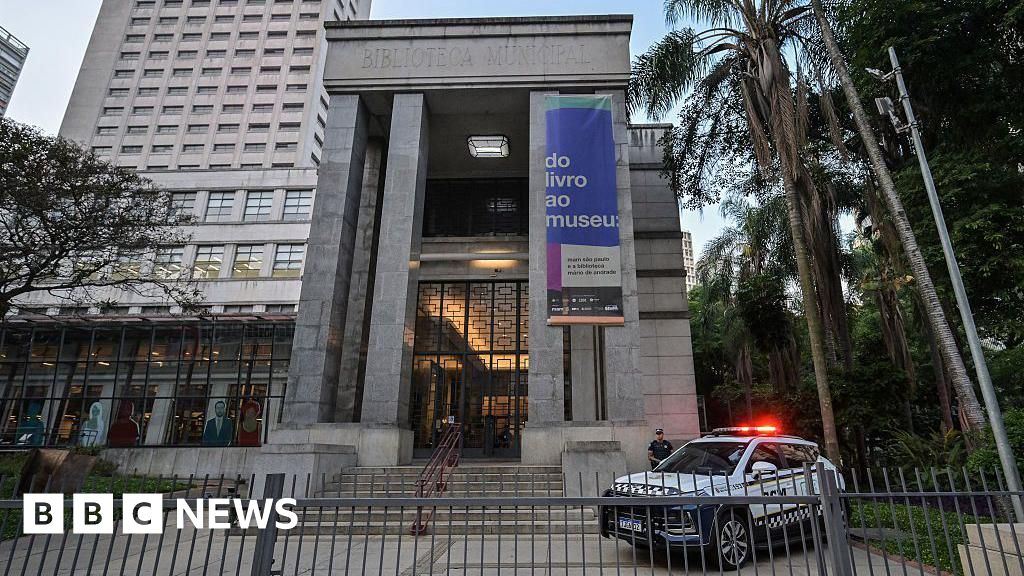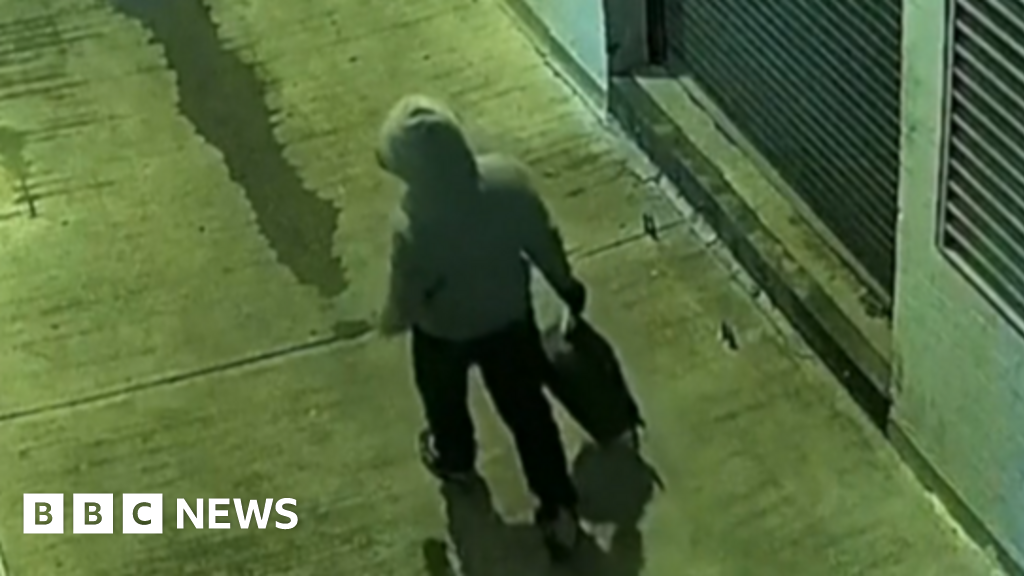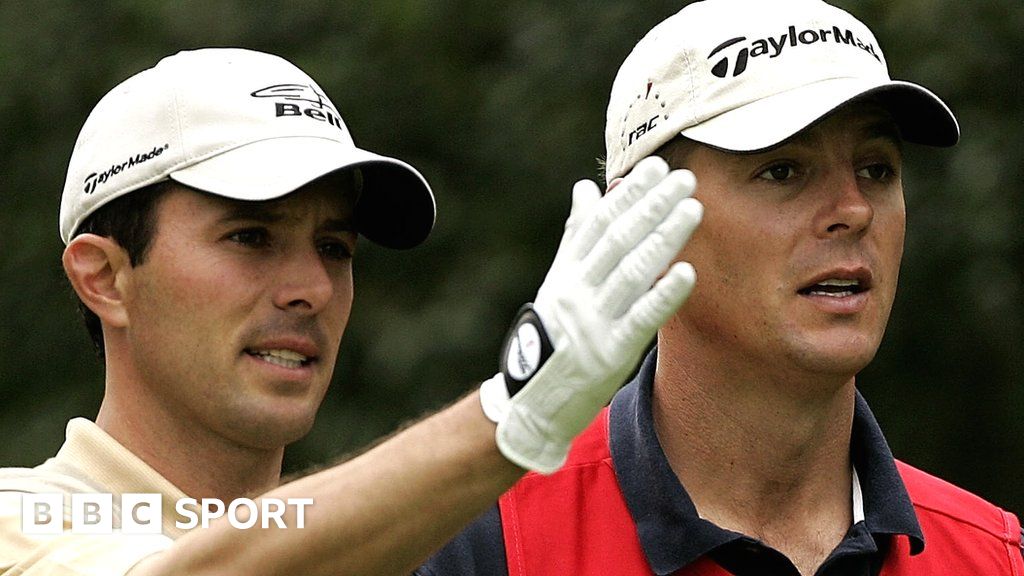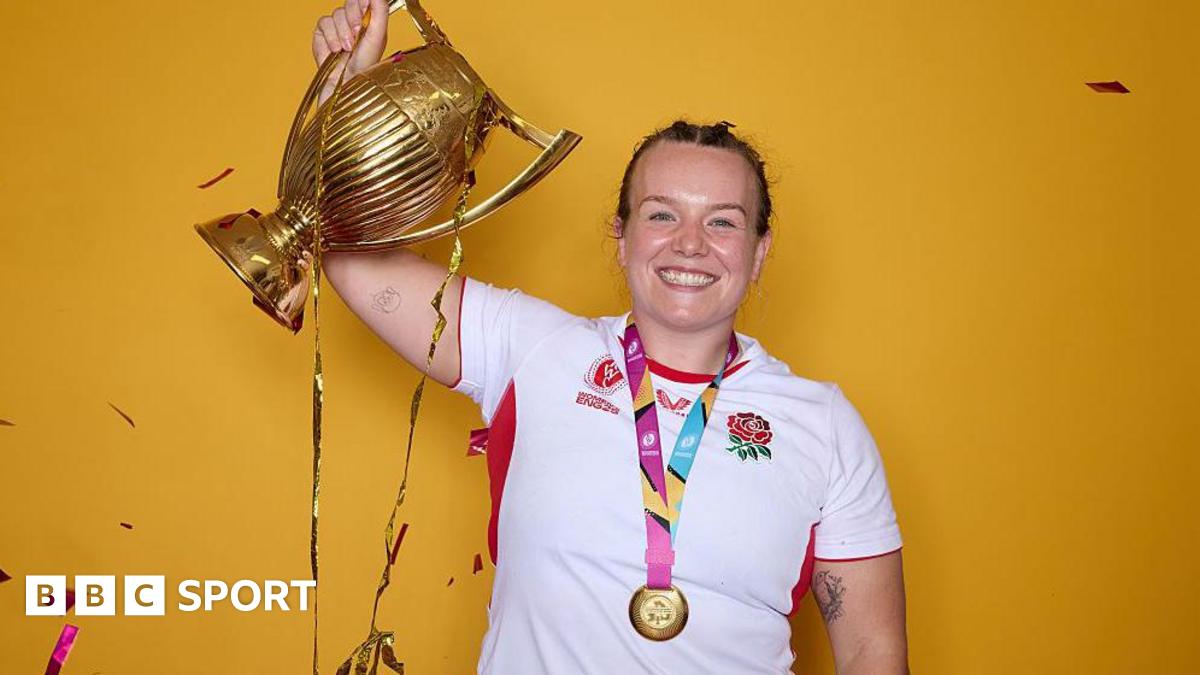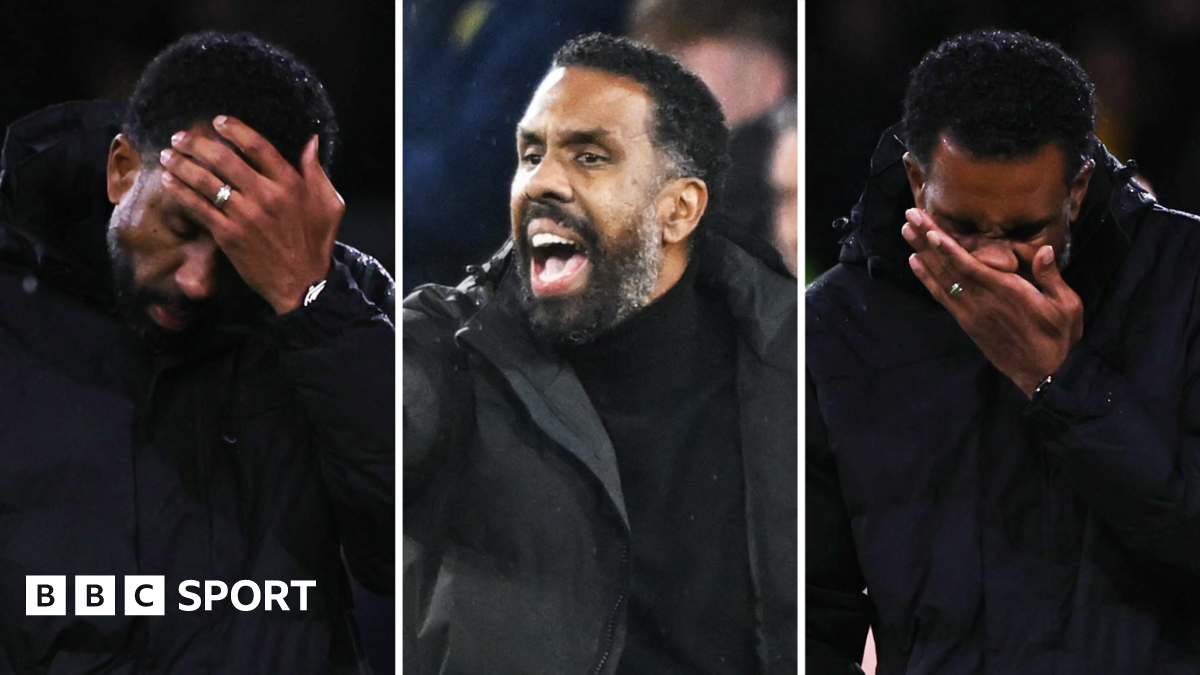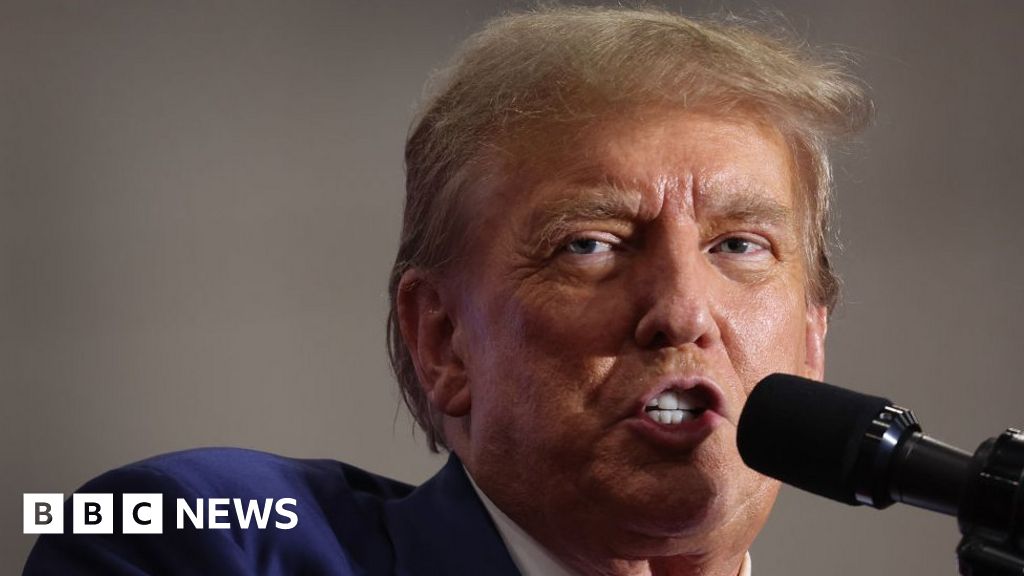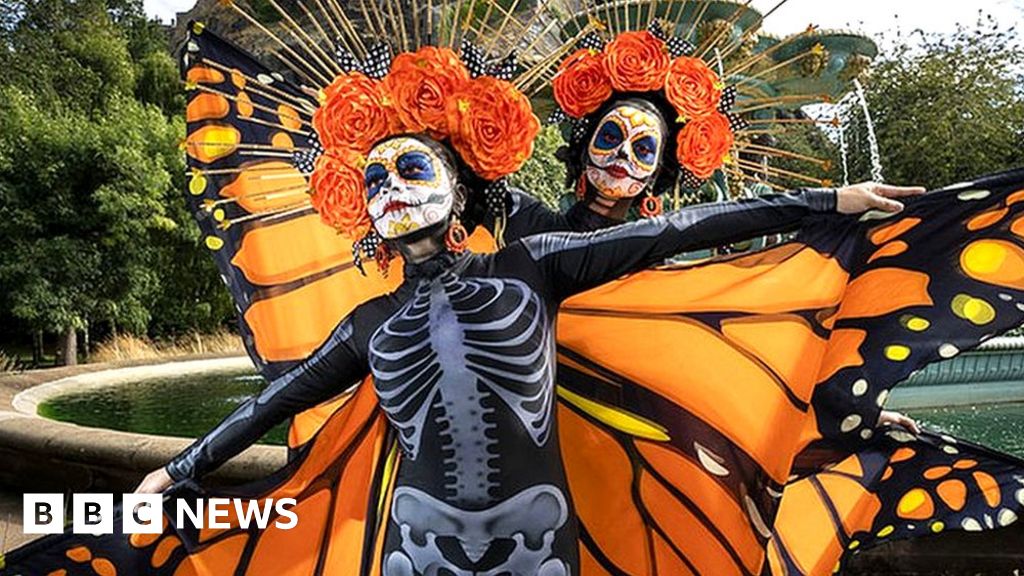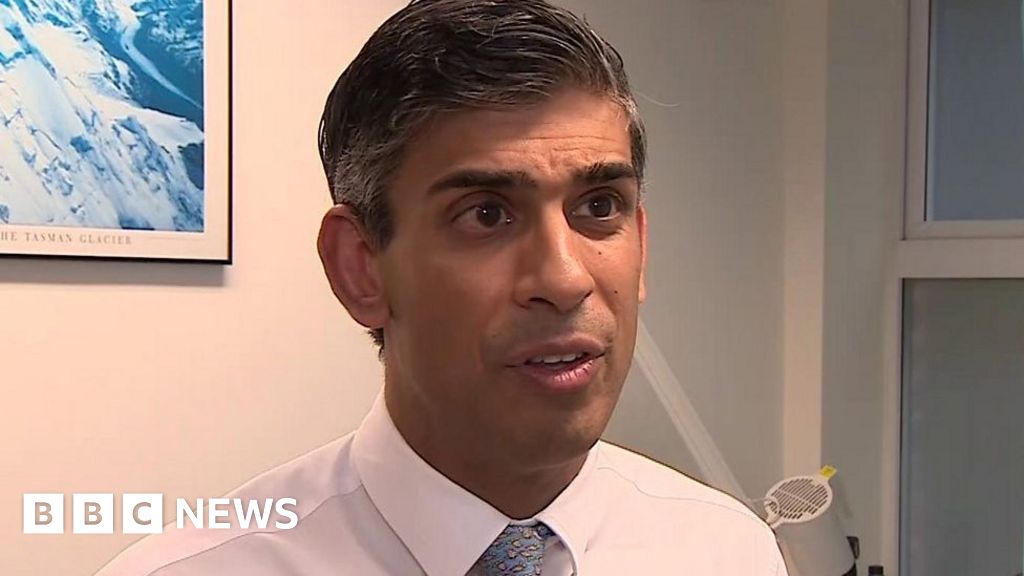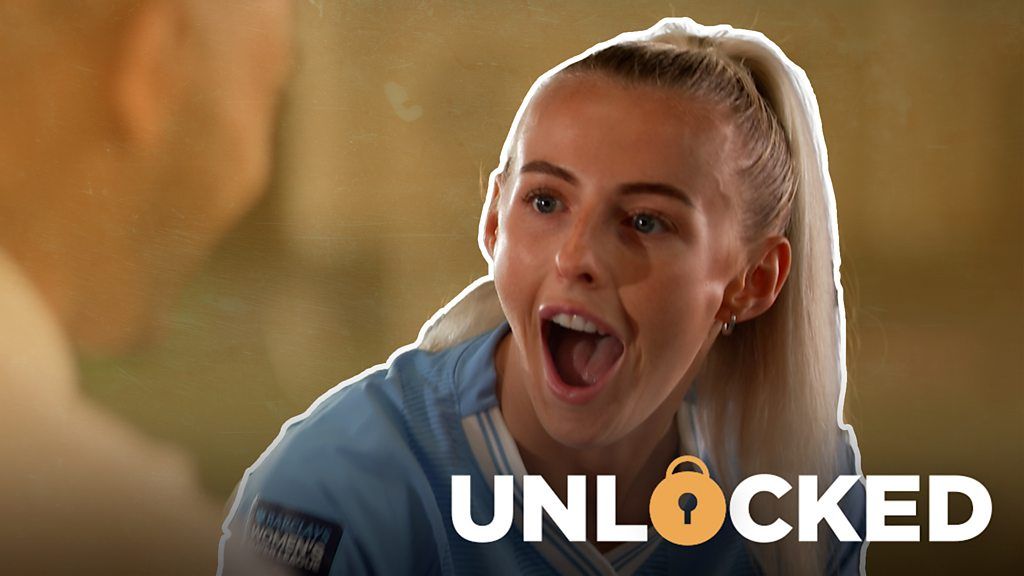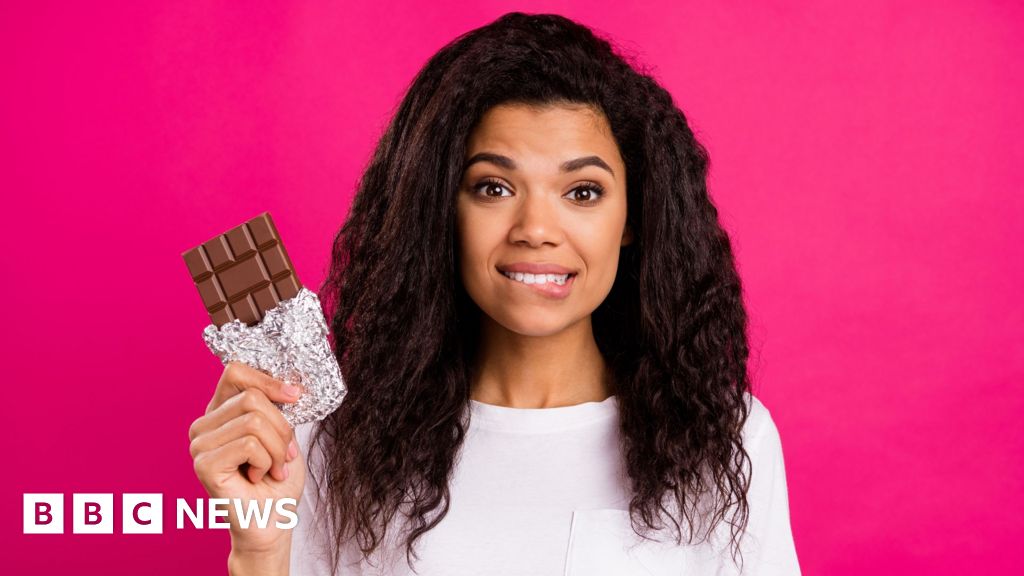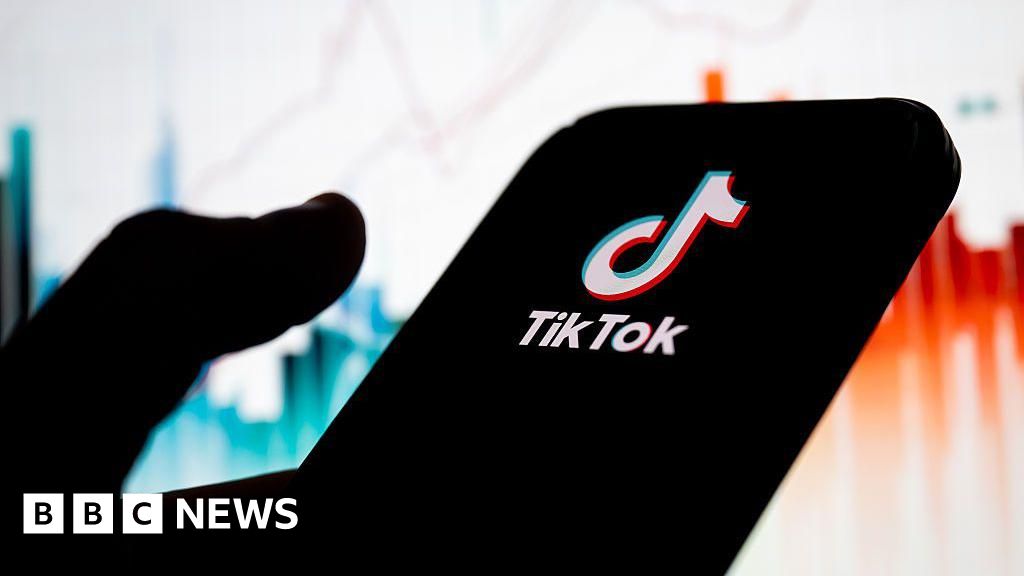Little, who earned a weekly salary from the then 32-year-old Weir, also gained a share of all his winnings. It is a common arrangement, with percentages varying between pairings.
A caddie might get a basic of $2,000 (£1,580) a week, with 7% of their player’s winnings, jumping up to 10% for a finish near the top of the leaderboard. If a season goes well, a caddie might pick up a bonus.
However, most caddies cover their own expenses, which, on a globe-trotting tour, can quickly rack up.
When times are good and the million-dollar cheques get split, both parties are happy. But when times get tough and the money thins out, a golfer may feel that a hole in his pocket is the only thing their caddie is providing.
All in all, even best friends can get fired.
“It is all part of the business,” Little says. “You are probably going to get fired and you are also going to leave a player and get a better job.
“Sometimes change is good; guys can just get flat. They might fire their caddie and say, ‘We are still good buddies but I have to make a change to mix something up’.”
Weir and Little worked together for 11 years until 2010 before Little took up a new challenge with Colombian Camilo Villegas.
There were no hard feelings between Weir and Little, rather a mutual agreement to try something new.
Little now works with American Gary Woodland, with the pair winning the 2019 US Open together.
In golf, the caddie and player can both benefit from working with others. In 2023, Little spent time with England’s Justin Rose in the run-up to the Open.
“It was interesting to see how he operates,” says Little. “It is totally different. It is good to see his routines – when you are with one guy you only see the same thing.
“I would even encourage it – if Gary had a buddy to play with him, I would be totally fine with it.
“It helps clear his head space. If you have a guy who relies on you too much as a caddie, he is not thinking for himself.”
The one constant on the tour as a caddie is the community. Bits of local know-how about the course and its set-up are often shared.
At last year’s Masters, Brooks Koepka’s caddie from Northern Ireland, Ricky Elliott, was cleared of revealing to Little, in contravention to golf’s rules,, external what club Koepka had used for a shot.
While caddies are not allowed to swap tips mid-round, they often walk the course together before competitions to discuss strategy.
“Sometimes it is good to just talk to guys and see what they think about a hole and whether or not I agree – it doesn’t matter,” says Little.
“It is good to get some different opinions.”
Taneka Mackey is part of that caddie community. She carries Amy Olson’s bag on the Ladies Professional Golf Association Tour (LPGA). Like Little, she fell into the role.
Growing up in the Bahamas and making their national golf team, Mackey always had a passion for travelling. After a chance pairing to help Olson at an event in the Bahamas in 2017, she saw the possibility of a career that would take her round the world.
“Amy said, ‘I still want you to caddie for me – can you come to Australia?’ When I heard the word ‘Australia’ I knew I needed to get in shape and learn a few more things,” Mackey says.
